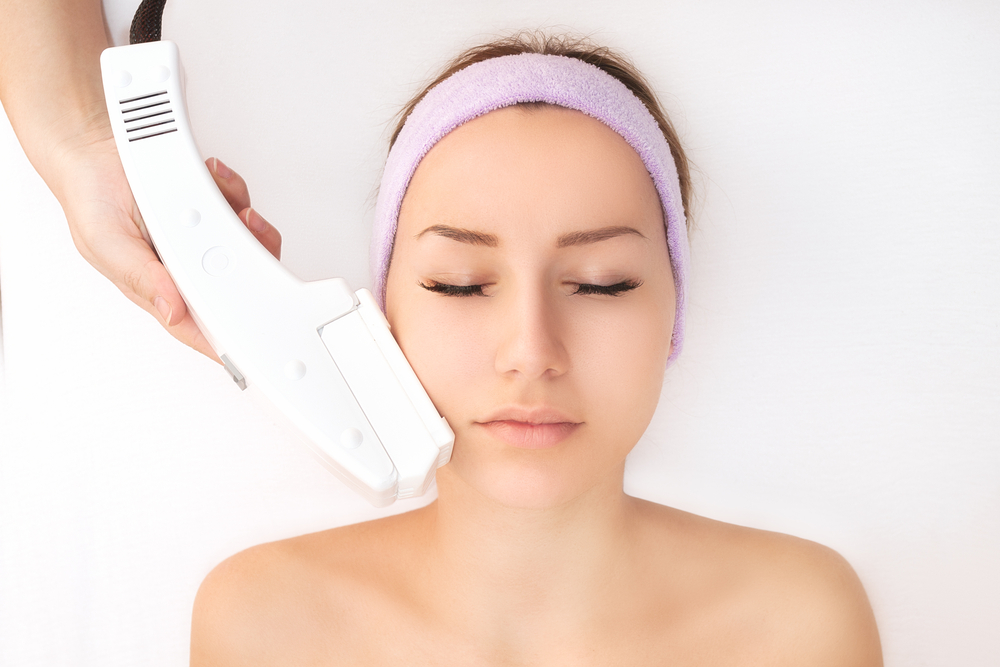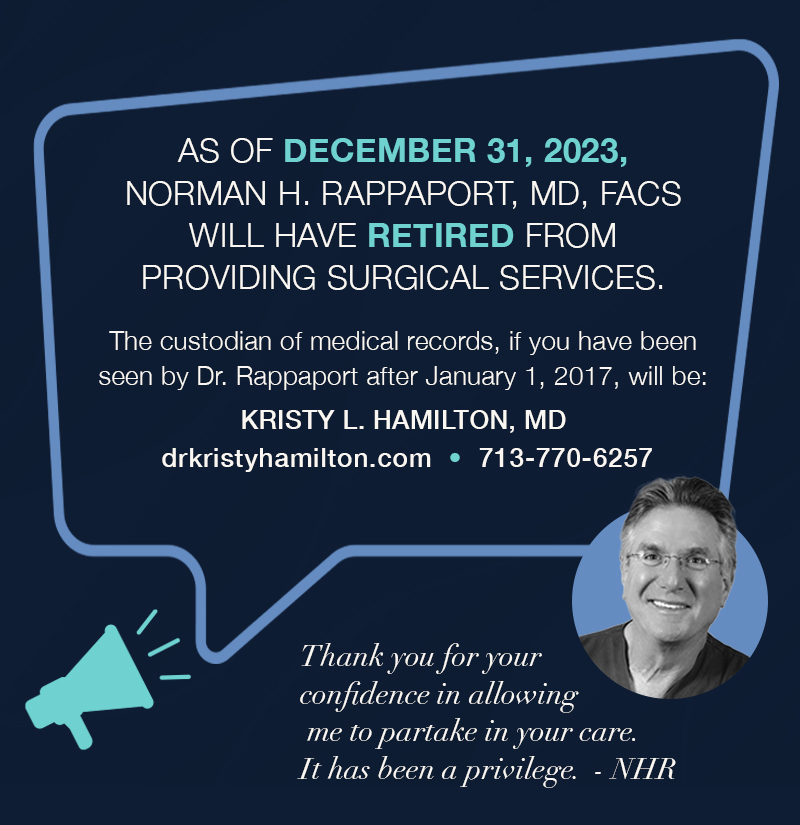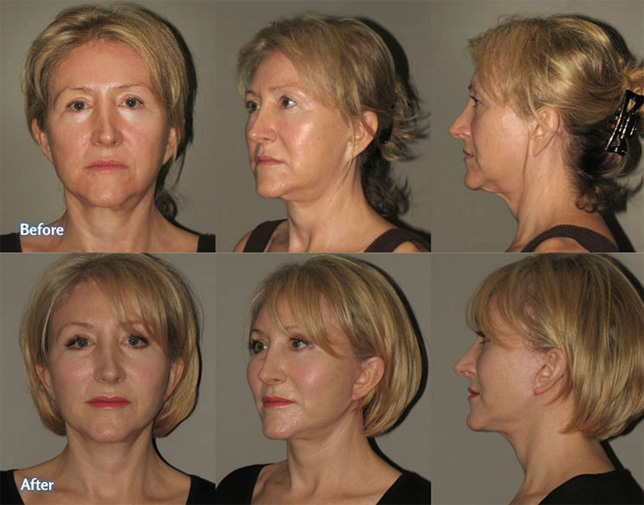
IPL® Photofacial
An IPL (intense pulsed light) photofacial is a “lunchtime” skin procedure that delivers concentrated, filtered light to rejuvenate your skin. The procedure uses pulses of light, at specific wavelengths, to target the hemoglobin and melanin pigments contained in the skin’s “reds and browns.” Unlike some laser facial treatments, IPL treatments are non-ablative—meaning that they do not destroy or disrupt the surface layer of the skin.
IPL Photofacials offer the following benefits:
- Minimizes brown spots caused by age and sun damage
- Address symptoms of rosacea, including patches of skin redness
- Reduce symptoms of acne like pimples and enlarged pores
- Treat broken capillaries and spider veins visible on the skin’s surface
IPL® Photofacial Houston
Candidates for an IPL Photofacial
Individuals that are good candidates for an IPL photofacial include those with a light to medium complexion with areas of hyperpigmentation or redness they would like to reduce. The procedure is not recommended for darker skin tones, those with tanned skin or patients taking medications that make them more sensitive to light.
How is IPL Photofacial Performed?
A handheld device is used to deliver light pulses beneath the skin’s surface without penetrating the skin. Light pulses target skin discolorations to fade their appearance. The procedure usually takes under 30 minutes to complete, depending on the size of the treatment area. Most patients report little discomfort with the procedure.
What is the Recovery Like?
There is no downtime after an IPL photofacial, so most patients can return to regular activities right away. There may be temporary skin redness around the treatment site, which will subside within a few hours of the procedure. Makeup can be used to cover up any redness after the procedure. Sun protection is also required and we will apply a broad spectrum sunscreen before you leave our office.
Dr. Rappaport Answers Questions about IPL Photofacial
Are all IPL treatments alike?
No. When comparing IPL treatment providers, it’s important to ask how many passes are included in the price they’re quoting. Many IPL treatment providers do only one pass of the IPL lens over the skin. We do two passes—one in one direction, and the second pass at a 90-degree angle to the first. The second perpendicular pass makes sure we obtain optimal coverage of the treatment area and do not leave ‘footprints’ of the rectangular-shaped IPL lens on the skin. It’s much like when you paint a wall—you don’t want to see brush marks when the job is done.
Is IPL a laser therapy?
No. Many people mistakenly believe that IPL is a laser, but, strictly speaking, IPL is a light-based therapy that is not a laser.
What’s the difference between a laser and IPL?
A laser uses one wavelength of light, and the waves of light are columnated. Compare it to running a comb through your hair – you’d get all the strands lined up. IPL uses a spectrum of wavelengths targeted to be absorbed by the hemoglobin in the abnormal blood vessels and melanin in the unwanted brown pigmentation.
How can IPL treat acne?
For patients with active inflammatory acne, we apply a photosensitizing agent, aminolevulinic acid, or ALA (Levulan®) before the IPL photofacial. This treatment is highly effective and does not have the difficult side-effects of ACCUTANE™ ROCHE ® therapy. IPL photofacials with ALA pre-treatment are a form of PDT, or photodynamic therapy, and are also an effective treatment for patients with flat, pre-cancerous lesions called actinic keratoses.
6560 Fannin Street, #1812
Houston, Texas 77030
Phone: (713) 790-4500
Fax: (713) 793-1299
Email: info@hcps.cc


